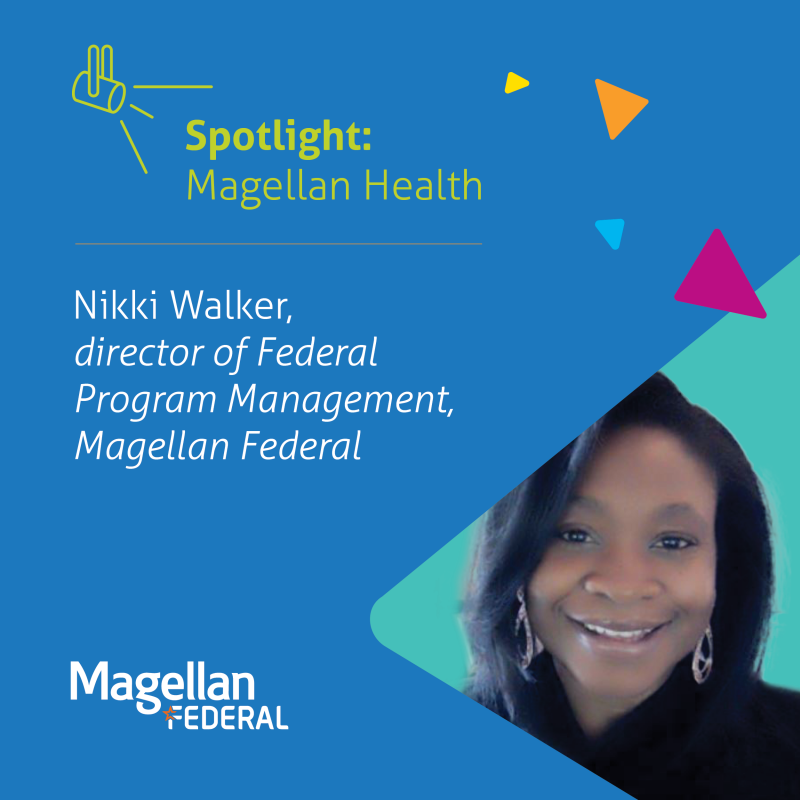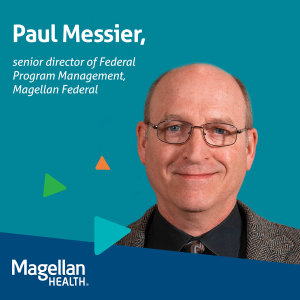Written by Noushin Izadifar Hart, MD
As the second leading cause of death among U.S. women, most of us know someone who has or have experienced breast cancer ourselves. One in eight of us will develop it in our lifetime, and every 13 minutes one of us dies from it. Understanding breast cancer and early screening can increase survival and help us all live happier, healthier lives, including men, who have a 1 in 833 lifetime risk.
What factors increase my breast cancer risk?
In women, the risk of breast cancer increases with age, with the average woman being diagnosed at age 63. Other contributing factors are:
• Personal and family history of breast cancer, including ductal cancer in situ
• Benign (non-cancerous) breast conditions, including lobular cancer in situ
• Radiation treatments to the chest before age 30
• Physical inactivity, alcohol use and obesity
• Inherited gene mutations
• Risk factors for men are similar, and also include liver disease, Klinefelter’s syndrome, estrogen treatment and testicular conditions.
What are the signs and symptoms of breast cancer?
Breast cancer is caused by a growth of abnormal cells in the breast, which should die but don’t. It is often found when a new lump or mass is discovered. Signs and symptoms of breast cancer include:
• Lump or mass in the breast area
• Persistent changes to the breast, including:
Skin thickening
Nipple abnormalities/discharge
Skin redness or swelling
While most early-stage breast cancer does not have symptoms, it is important to quickly identify any changes to your breasts.
How do I screen for breast cancer?
Monthly self-breast exams are one way you can detect any breast changes that may need to be reported to or discussed with your healthcare provider. Self-screening is easy to do and can be incorporated into a regular routine. Learn how here.
Yearly mammograms are another way to identify any abnormalities. These low-dose breast X-rays are used to set a baseline and determine if changes have occurred. From 1989 to 2019, mammograms decreased breast cancer death rates in the U.S. by 42%. The American Cancer Society recommends the following mammography screening guidelines for women:
• 40-44 years old—Option of yearly mammograms
• 45-54 years old—Yearly
• 55 years and older—Yearly or every other year, and continue with overall good health and a life expectancy of 10 or more years
If you have a higher risk of developing breast cancer, you should create a screening plan based on your family history and risk level with your doctor, regardless of your age. This may include adding magnetic resonance imaging as part of regular screening.
What advancements are being made in breast cancer screening?
The FDA recently approved, iSono Health wearable 3D breast ultrasound, an automated whole-breast ultrasound system and intuitive software for image acquisition and analysis. The 3D breast ultrasound unit can automatically scan and analyze your entire breast in under two minutes. This unique system does not require a trained sonographer (someone who uses imaging equipment and soundwaves to form images of parts of the body) and allows for 3D visualization of the breast tissue. Breast ultrasound is a useful supplement to mammography to improve breast cancer detection in women with dense breasts. This system has the potential to improve breast cancer screening worldwide, especially in countries with limited resources.
Currently, iSono Health is conducting prospective case studies to validate the deep learning software that aids clinicians in localization and classification of breast lesions. This up-and-coming technology made for point-of-care physicians should be monitored by healthcare professionals as it could potentially be performed during an in-office visit by a breast surgeon or gynecologist.
What treatment options are available if I am diagnosed with breast cancer?
The earlier a diagnosis is made, the greater the options for treatment. This is another reason why self-screening and yearly mammograms are so important. Healthcare providers review each case for individual factors that assist in selecting the best treatment plan for each patient. Treatment options include the following, or a combination of them.
• Surgery to remove breast cancer involves two main types:
Breast-conserving surgery, also known as a lumpectomy, quadrantectomy, partial mastectomy or segmental mastectomy, is used to remove the part of the breast containing the cancer. It depends on where and how large the tumor is, as well as other factors, how much breast is removed. Sometimes surrounding normal tissue may also be removed as a precaution.
Mastectomy involves removing the entire breast, including the breast tissue and sometimes adjacent tissues. Some individuals may have both breasts removed. This is called a double mastectomy.
• Chemotherapy is the use of drugs to target and destroy breast cancer cells. The drugs can be administered intravenously or taken orally in the form of a pill. Chemotherapy can help those with breast cancer live longer and have a better quality of life, including increasing the chances of a cure, decreasing the risk of breast cancer returning and alleviating symptoms. Depending on the type and dose of chemotherapy drugs given, and the length of treatment, chemo drugs may cause side effects. Some of the most common side effects include hair loss, nail changes, mouth sores, loss of appetite or weight changes, nausea and vomiting, diarrhea, fatigue and nerve damage.
• Radiation therapy is a localized treatment that destroys cancer cells with high-energy rays delivered directly to the cancer. Potential side effects include skin changes and feeling tired, which can be managed with skincare techniques and creams, and rest and hydration to aid in the body’s repair and recovery process. Three types of radiation therapy utilized to treat breast cancer are:
External beam radiation therapy uses a machine called a linear accelerator that produces a radiation beam administered to the cancerous region outside of the body. The machine has parts that shield the normal organs from exposure, and others that target and focus the beam on the treatment site. Depending on the breast cancer’s stage and other factors, 5-36 treatments could be prescribed and are usually given five days a week.
Brachytherapy, or radiation inside the body, usually consists of 1-10 treatments administered over a couple of days.
Intraoperative radiation therapy is a less common treatment type consisting of a dose of radiation delivered at the time of breast cancer surgery.
What are the survival rates for breast cancer?
Survival rates are directly correlated with the stage of the disease. While the five-year survival rates for localized breast cancer (i.e., no cancer has spread outside of the breast) and regional (i.e., cancer has spread to nearby structures or lymph nodes) are 99% and 89%, respectively, the survival rate drops dramatically to 29% for distant disease (i.e., cancer has traveled to the bones, liver, lungs, etc.). Therefore, early screening, detection and diagnosis are extremely important and greatly improve your chances of breast cancer survival.
This article was co-authored by Toby Shutters, CMD, R.T.(R)(T) and Carrie Carter, RT (T).
Resources:
• Breast Cancer Statistics | How Common Is Breast Cancer?
• Breast Cancer | Breast Cancer Information & Overview
• Cancer Facts & Figures 2022| American Cancer Society
• Chemotherapy for Breast Cancer | Breast Cancer Treatment
• Chemotherapy for breast cancer – Mayo Clinic
• Get Involved to Stop Breast Cancer – National Breast Cancer Coalition
• Radiation Therapy | Radiation Treatment for Cancer
• Stop the Clock! – National Breast Cancer Coalition (stopbreastcancer.org)
• Surgery for Breast Cancer | Breast Cancer Treatment
• What Is Breast Cancer? | American Cancer Society

